Op-Ed
The passing of Pope Francis marks a historic turning point for the Catholic Church. As the Papal Conclave 2025 approaches, millions across the globe await the decision that will shape the Church’s future.
For those of us who write about these moments, there is always a tension. How do we honor the period of mourning while providing clarity about what comes next? Reporting on the conclave may feel distant at a time like this, but understanding the process helps us connect to something deeper—a tradition that has spanned centuries.
A Personal Reflection on Faith and Doubt
Raised Catholic, I have often found myself questioning the structures of the Church. Yet, I’ve always felt drawn to the spaces where doubt and belief meet. In 2016, I traveled with my family to Rome for Christmas. On Christmas Eve, we attended Mass at San Luigi dei Francesi, beneath Caravaggio’s The Conversion of St. Paul—a painting that captures the moment of a profound fall and unexpected grace.
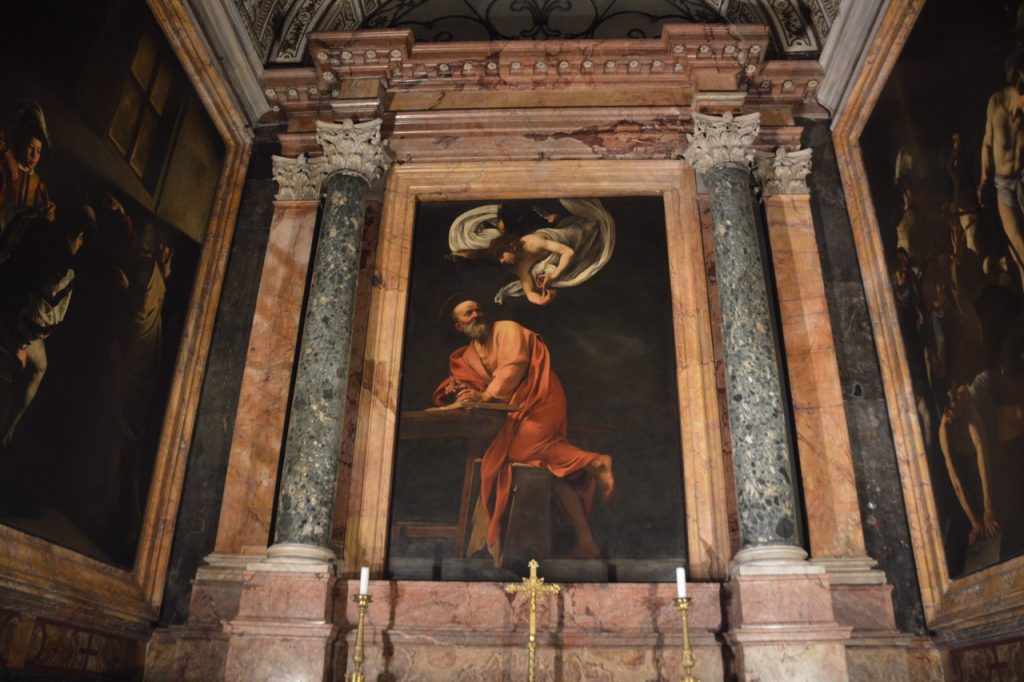
Caravaggio’s life was far from saintly, but his art remains powerful for those who struggle with faith. As Artlyst noted, his work speaks to Christianity’s core: the need for forgiveness and second chances. The next day, my family and I stood in St. Peter’s Square, joining the thousands gathered for Christmas Day Mass in front of St. Peter’s Basilica.
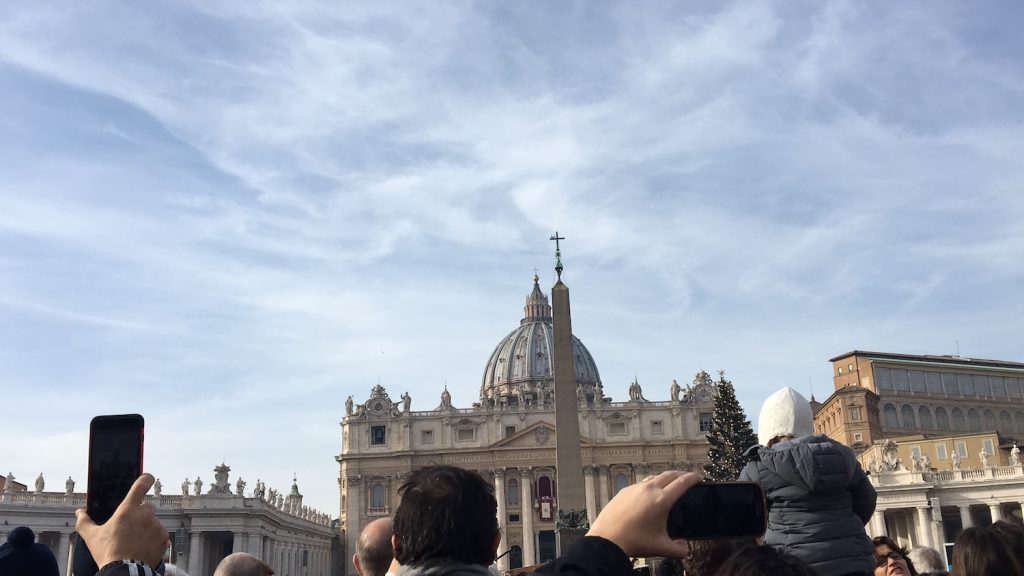
Much like Caravaggio’s art, Pope Francis’ leadership resonated with those who doubted, questioned, and cared deeply. He was the first pope to adopt the name of St. Francis, a figure known for humility, service, and care for the marginalized. One quote from St. Francis continues to guide me:
“Start by doing what is necessary; then do what is possible; and suddenly you are doing the impossible.”
As we reflect on Pope Francis‘ legacy, let’s now turn to the traditions that will shape the next chapter: the Papal Conclave 2025.
What is the Papal Conclave?
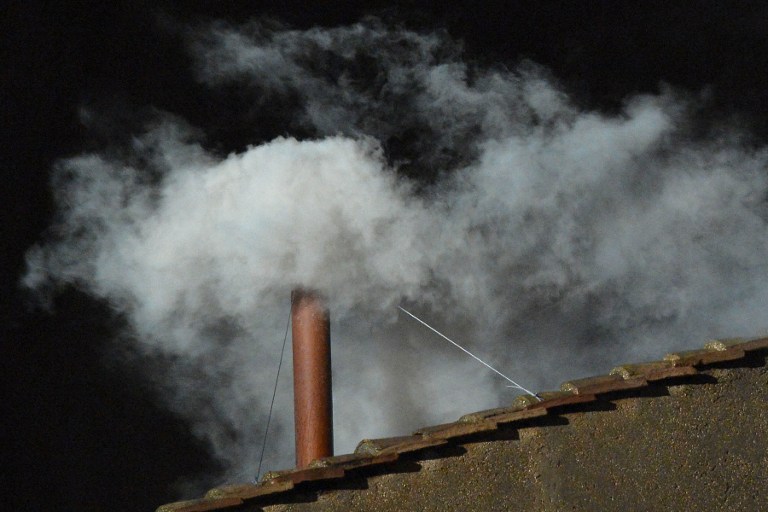
The Papal Conclave is the process by which the College of Cardinals elects a new pope. The word “conclave” comes from the Latin cum clave, meaning “with a key.” This refers to the tradition of locking the cardinals inside the Sistine Chapel until they choose a new leader.
The conclave is steeped in ritual and symbolism. The most recognizable of these is the smoke that rises from the Sistine Chapel chimney:
- Black smoke signals no decision.
- White smoke means a new pope has been chosen.
These traditions, while ancient, remain a powerful symbol of unity and expectation for Catholics around the world.
How Does the Conclave Work?
The College of Cardinals is made up of 252 cardinals, but only 135 are eligible to vote in the conclave. To vote, cardinals must be under 80 years old at the time of Pope Francis’ death.
The voting takes place inside the Sistine Chapel under strict secrecy. Each round of voting continues until one candidate receives a two-thirds majority. The process may take several days, with votes held twice each morning and afternoon until a decision is reached.
- Number of eligible cardinals: 135
- Voting location: Sistine Chapel
- Voting threshold: Two-thirds majority
Once the cardinals reach a decision, white smoke signals the election of the new pope. The chosen cardinal is then asked if he accepts, and upon acceptance, he chooses his papal name.
Who Are the Contenders for Papal Conclave 2025?
Speculation about the next pope has already begun. According to AP News source, the list of potential candidates includes a range of voices, from conservatives to moderates and progressives.
Some notable names include:
- Cardinal Matteo Zuppi (Archbishop of Bologna: Italy) – known for his social justice work, seen as a progressive choice.
- Cardinal Pietro Parolin (Vatican Secretary of State: Italy) – a key diplomatic figure with a moderate stance.
- Cardinal Luis Antonio Tagle (Pro-Prefect of the Dicastery for Evangelization: Philippines) – often viewed as a bridge between tradition and reform.
- Cardinal Robert Sarah (Prefect Emeritus of the Congregation for Divine Worship and the Discipline of the Sacraments: Guinea) – a prominent conservative voice.
The next pope will face pressing global issues: climate change, social justice, migration, and the Church’s evolving role in a secular world.
Timeline of Events in Rome
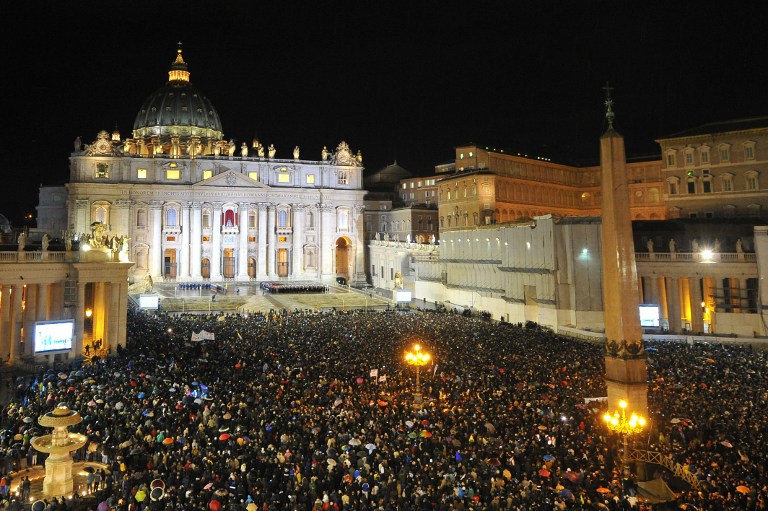
For those visiting Rome or following from afar, here’s a timeline of key events surrounding Papal Conclave 2025 and Pope Francis’ funeral:
- Rite of Translation (April 23, 2025): The body of Pope Francis lies in state at the Vatican.
- Basilica Hours:
- April 23: Open from 7 AM to midnight.
- April 24: Open from 7 AM to midnight.
- April 25: Open from 7 AM to 7 PM.
- April 23: Open from 7 AM to midnight.
- Sealing of the Coffin:
- April 25, 2025, at 8 PM, presided over by Cardinal Camerlengo Kevin Farrell.
- April 25, 2025, at 8 PM, presided over by Cardinal Camerlengo Kevin Farrell.
- Funeral Mass:
- April 26, 2025, at 10 AM in St. Peter’s Square, presided over by Cardinal Giovanni Battista Re, Dean of the College of Cardinals.
- The body will then be taken to St. Mary Major Basilica for burial.
- April 26, 2025, at 10 AM in St. Peter’s Square, presided over by Cardinal Giovanni Battista Re, Dean of the College of Cardinals.
Learn More About the Papal Conclave
For a deeper understanding of the human side of the papacy, I recommend watching The Two Popes. This film offers insight into the complexities of leadership, tradition, and personal faith within the Vatican.
You can also stay informed with up-to-date coverage from Vatican News.
A Global Moment of Reflection
The Papal Conclave is not just a religious ritual. It is a global event, watched by millions across faiths and borders. Whether Catholic, curious, or questioning, this moment invites all of us to reflect on leadership, humility, and the future of the Church.
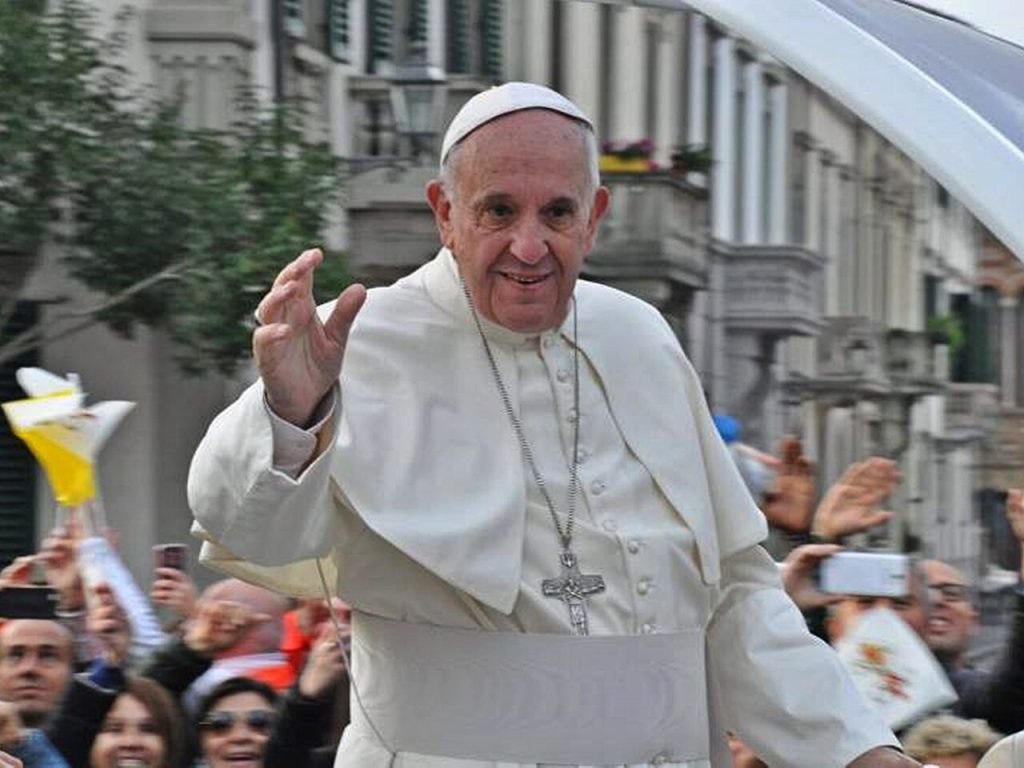
As Pope Francis taught through word and example, faith can evolve, deepen, and even waver. Yet, through change and challenge, there is always a call to care more deeply.


